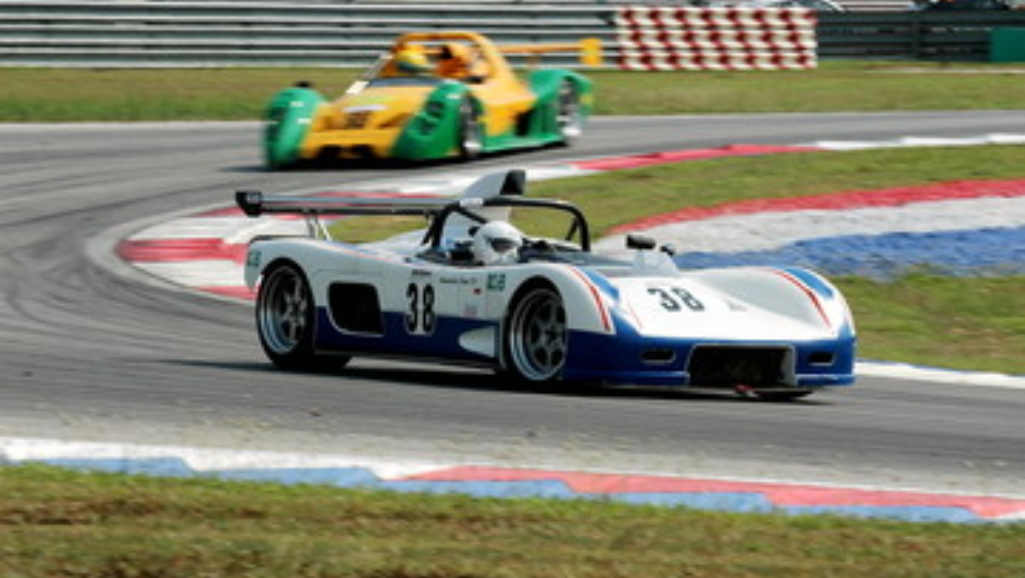Why don’t race cars have airbags? You might be wondering about this crucial safety feature in regular vehicles. The answer lies in the unique demands of racing. Race cars prioritize speed and performance, which means weight reduction and aerodynamics take precedence. With every added component, the car’s speed and handling can be compromised. Instead, specialized safety measures, such as roll cages and harness systems, are employed to protect the driver. In this article, we will explore the technical reasons behind the absence of airbags in race cars.
Speed and Performance Considerations
When it comes to speed and performance, race cars forego the use of airbags due to the constraints imposed by their design and the demands of competitive racing. In the pursuit of maximizing tire grip and engine power, every component of a race car is meticulously designed and optimized. Airbags, although essential for safety in regular road cars, add weight and complexity that can hinder the performance of a race car.
Tire grip is crucial for race cars to maintain control and achieve optimal performance on the track. The weight of airbags would increase the overall weight of the vehicle, diminishing its ability to grip the road surface. Additionally, the presence of airbags could potentially interfere with the suspension system, limiting the car’s ability to transfer weight effectively and compromising its stability during high-speed cornering.
Moreover, race cars are specifically built to produce immense engine power, allowing them to accelerate at unprecedented speeds. The inclusion of airbags would require additional safety measures, such as reinforced crash structures, to protect the driver during a collision. However, these safety measures would add extra weight, reducing the power-to-weight ratio and ultimately compromising the car’s speed and performance.
Weight Reduction and Aerodynamics
To optimize performance and speed, race cars prioritize weight reduction and aerodynamics, shedding unnecessary pounds and streamlining their design. Material selection plays a crucial role in achieving these goals. Race car constructors carefully choose materials that are both lightweight and strong, such as carbon fiber composites, which offer high strength-to-weight ratios. These materials are used in the construction of the car’s body, chassis, and other components. By using lightweight materials, race cars are able to reduce their overall weight, resulting in improved acceleration, cornering, and braking performance.
Weight reduction not only enhances a race car’s performance but also has a significant impact on fuel efficiency. As the weight of a vehicle decreases, the amount of energy required to propel it decreases as well. This means that race cars with reduced weight can achieve higher speeds while consuming less fuel. Additionally, a lighter car experiences less drag, allowing it to move through the air more easily. The streamlined design of race cars further minimizes aerodynamic drag, enabling them to reach higher top speeds and maintain stability at high velocities.
Specialized Safety Measures for Driver Protection
One key safety measure for driver protection in race cars is the implementation of specialized restraint systems. These systems are designed to keep the driver securely in place during high-speed maneuvers and in the event of a collision. They consist of a combination of safety belts, shoulder harnesses, and head restraints. The primary purpose of these restraints is to prevent the driver from being thrown around inside the car, which could result in serious injuries.
While specialized restraint systems play a crucial role in driver protection, they also have an impact on racing performance. The design of these systems must strike a balance between safety and the driver’s ability to move freely and maintain control of the vehicle. Restricting the driver’s movement too much can hinder their ability to make quick and precise steering inputs, negatively affecting their performance on the track.
Another important consideration when implementing specialized restraint systems is driver visibility and control. The placement and design of the belts and harnesses should not obstruct the driver’s line of sight or impede their ability to operate the controls effectively. The driver needs a clear view of the track and unrestricted access to the steering wheel, pedals, and other controls to navigate the racecourse safely.


